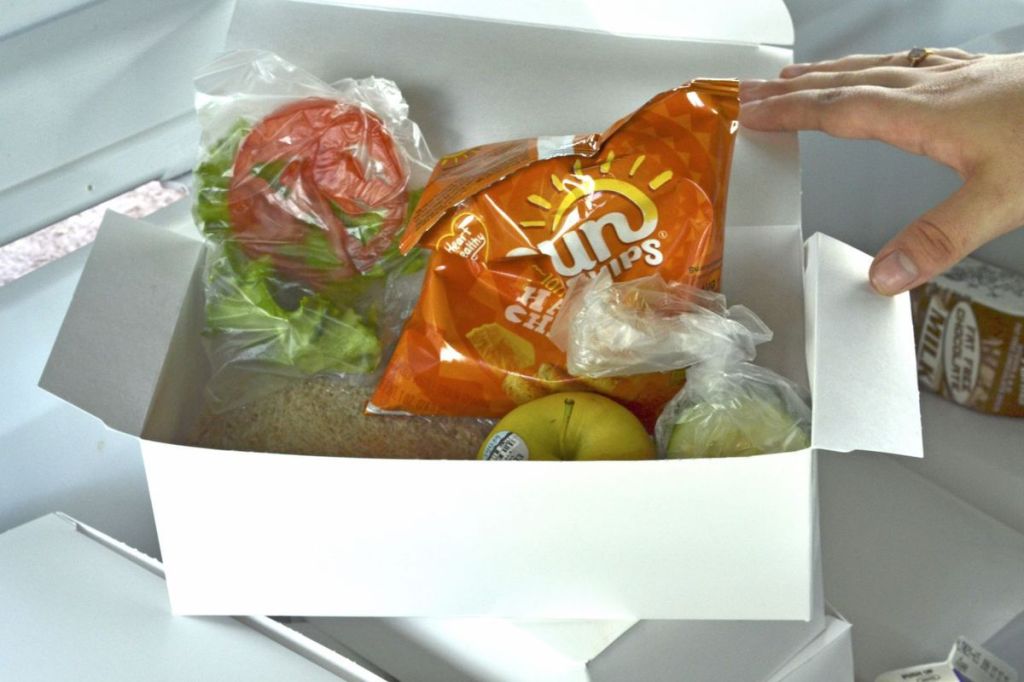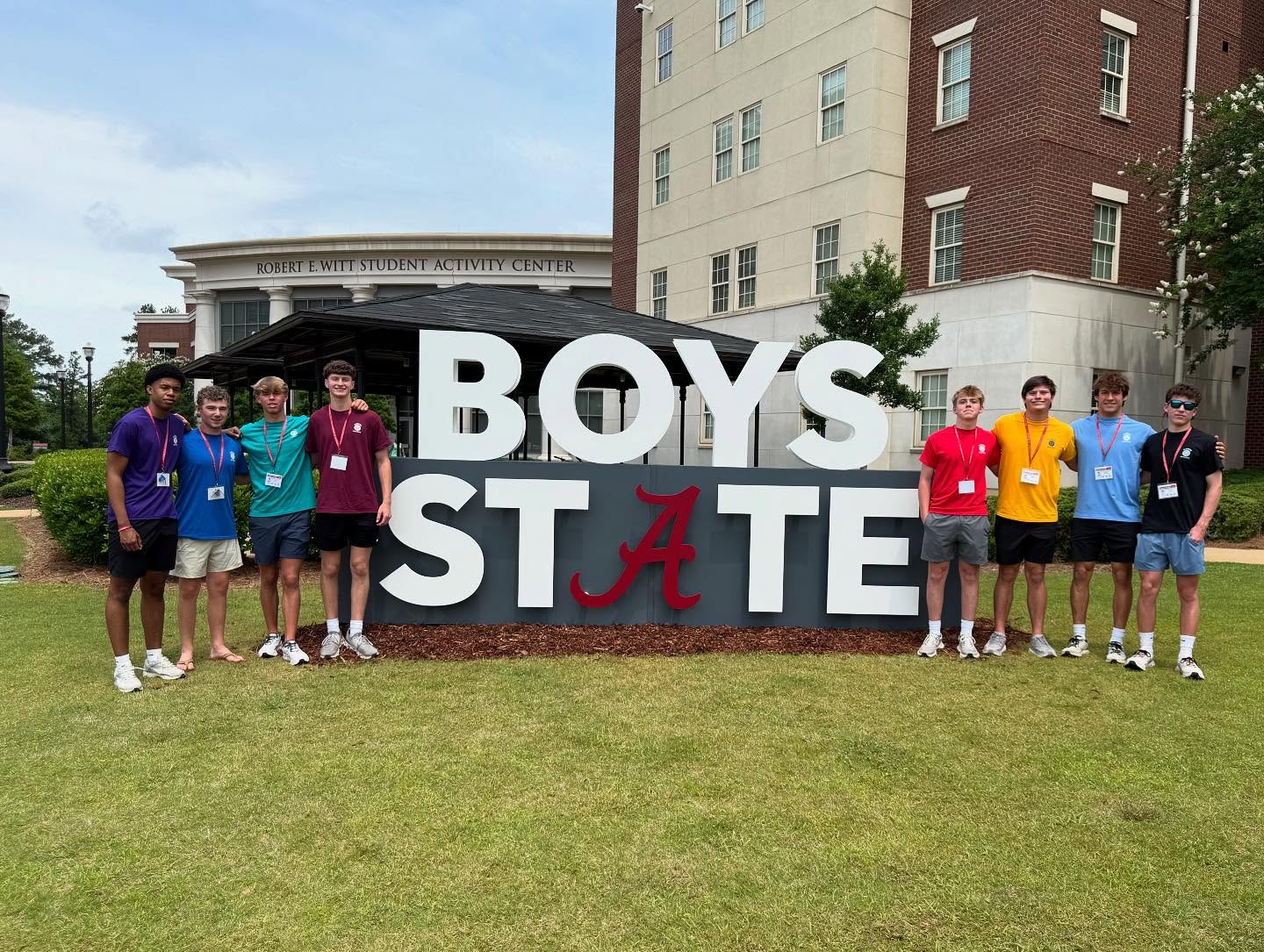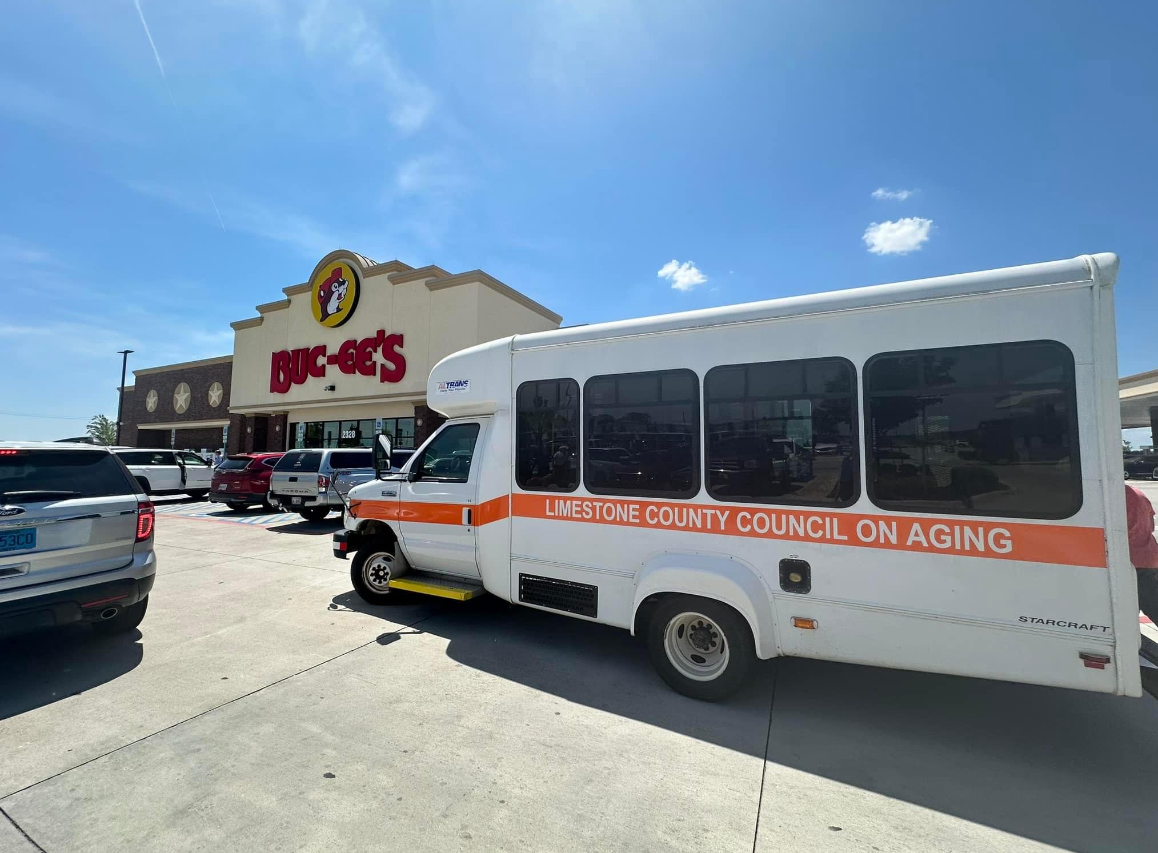‘Closing the hunger gap’: Many children go hungry in the summer
Published 1:46 pm Thursday, June 15, 2017

- Lunches handed out at Berea Community Park included chips, a vegetable, a fruit, a sandwich, a cookie and a drink.
BEREA, Ky. — Eight states saw an increase in students participating in summer nutrition programs in 2016, but a total of 4.8 percent fewer American children were served than the summer before, according to a newly released report by the Food Research & Action Center.
Summer meal programs are important to keeping low-income children healthy, learning and engaged during summer vacation, according to Food Research & Action President Jim Weill. Students who normally receive free or reduced price lunches during the school year may not have enough to eat during vacations, causing “the hunger gap.”
According to the report, summer nutrition programs in the nation served an average of 3 million children daily in July 2016, compared to 3.2 million in July 2015, a decrease of more than 153,000 students.
“Clearly, more must be done to close this gap to reduce hunger, fight obesity and reduce the summer ‘learning slide’ for millions of our nation’s children. Greater investments at the federal, state and local levels are needed to support improved access to nutritious meals and high quality summer programming for low-income children,” Weill said.
The report, Hunger Doesn’t Take A Vacation, showed that Hawaii, Nevada, Kentucky, Maryland, Maine, Florida, Kansas and Montana all increased the number of students who participated in summer nutrition programs. However, Kansas and Kentucky still both ranked in the bottom 10 performing states, with Kansas at number 45 and Kentucky at 47.
While Kentucky increased the number of students participating in meal programs by 13.9 percent to 32,243 students, it still provided lunches to fewer than 1 in 10 children, according to the report. Top performing states fed at least 1 in 4 children.
The data shows 8.8 children in Kentucky ate summer meals for every 100 who ate school lunch during the regular school year — an improvement from 7.7 in last year’s report. Much of the improvement was credited to the rural state’s increase in transportation to sites that provide lunches, or mobile meal initiatives, including retrofitted school buses and library bookmobiles.
“We still have a way to go in closing the summer hunger gap in Kentucky, but it’s very positive news that summer meals are reaching more children,” said Reid Livingston, coordinator of the No Kid Hungry Kentucky campaign, a state wide collaborative lead by the Kentucky Association of Food Banks.
Reid said Kentucky can continue this progress by increasing outreach efforts to make sure families are aware of summer lunch programs, which he said can make a huge difference for the 200,000 food insecure children in the state.
Millions of dollars can be brought into states through federal Summer Nutrition Programs, according to the report.
“For each lunch than an eligible child does not receive, the state and community miss out on $3.69. That means millions of dollars are being left on the table by almost every state,” the report said.
No state fed every eligible student in 2016, with Washington, D.C, feeding the highest at 1 in 4 children. Texas, Illinois, Georgia, Florida and Ohio were among the states that missed out on the most funding, ranging from $13.9 million in Ohio to $56.5 million in Texas.
According to a release from the Kentucky Association of Food Banks, if the state had reached 40 children with summer lunches for every 100 low-income children who get school lunch during the regular school year, Kentucky would have fed an additional 118,000 low-income children every day in July 2016 and brought in $9,313,188 more federal dollars to do so.
The District of Columbia (48.8 to 100) was the top performing state followed by New Mexico (35.8), Vermont (34.9), New York (29.9) and Maine (27.4). Oklahoma (5.5), Nebraska (7.8), Mississippi (8.0) and Texas (8.1) performed worse than Kentucky.
The report measures the success of the summer nutrition programs, which include the Summer Food Service Program and the National School Lunch Program in summer months, at the national and state levels. Success is measured both in absolute numbers and by comparing the number of children receiving summer meals to the number of low-income children receiving school lunch during the regular school year.
To see the full report, visit frac.org.
Green is the editor of the Richmond, Kentucky Register.





